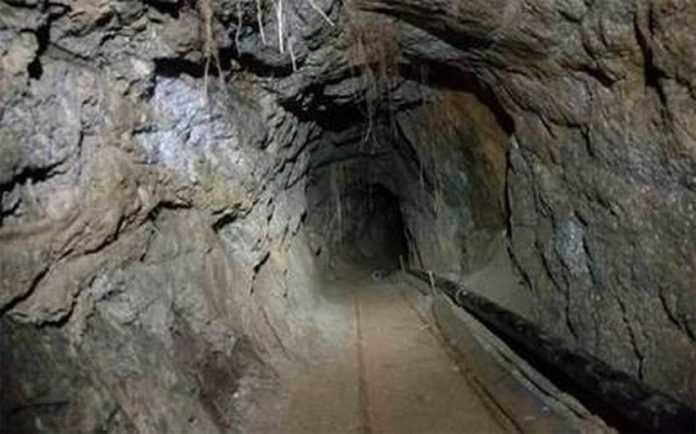Solar power and a rail system were among features of a sophisticated tunnel discovered between Tecate, Baja California, and San Diego County, California.
The unfinished 191-meter tunnel, believed intended for smuggling drugs and people, was discovered last month by officials on the Mexican side in the ejido of Jacume, but a full exploration wasn’t finished until last week.
The tunnel began inside a home just 67 meters from the border and was intended to connect with a 9.5-meter well in Jacumba on the United States side. The exit was 4.5 meters short of reaching the surface.
The tunnel is about one meter high and 74 centimeters wide and its electrical and ventilation systems were powered by a solar system that also powered pumps used to keep the water out.
Rails ran the length of the tunnel, a system used in other similar cases to transport illegal merchandise and even people between the two countries.
Based on the tunnel’s size and technology used, Border Patrol agent Tekae Michael said it was a sophisticated tunnel that was likely intended to transport drugs into the U.S.
“Sophisticated tunnels take a lot of time and money to make,” Michael said, adding that they’re not uncommon to the area. “When we find them, they’re a pretty big deal.”
Source: La Voz de la Frontera (sp), San Diego Union-Tribune (en)
